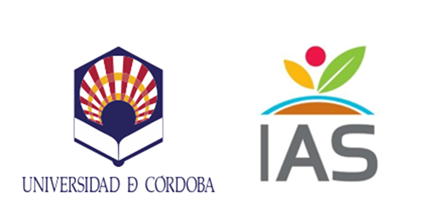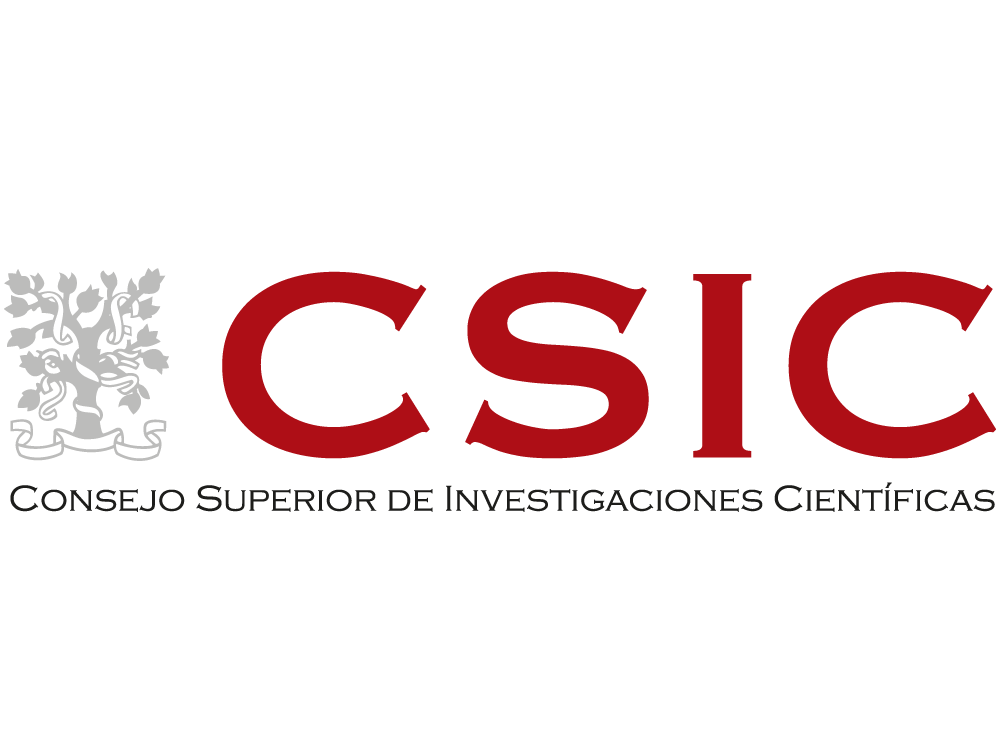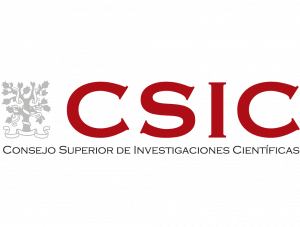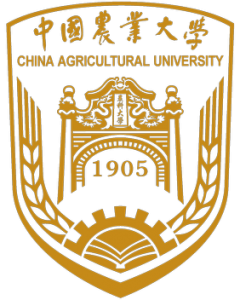Agricultural Water Management 2021, 248, 106774 https://doi.org/10.1016/j.agwat.2021.106774
Partner Publication (ARO & CAU):
JianchuShiabc XunWudMoZhangabc XiaoyuWangabc QiangZuoabc XiaoguangWue HongfeiZhange AlonBen-Galf
aCollege of Land Science and Technology, China Agricultural University, Beijing 100193, China
bKey Laboratory of Plant-Soil Interactions, Ministry of Education, Beijing 100193, China
cKey Laboratory of Arable Land Conservation (North China), Ministry of Agriculture, Beijing 100193, China
dCollege of Water Resources and Civil Engineering, China Agricultural University, Beijing 100083, China
eLand Management Center of Inner Mongolia Autonomous Region, Hohhot 010020, China
fSoil, Water and Environmental Sciences, Agricultural Research Organization, Gilat Research Center, Mobile post Negev 85280, Israel
-
Highlights
- A coupled soil water transport and crop growth model is established and validated.
- Relationships between irrigation scheduling and results are numerically quantified.
- Numerical simulation is reliable for optimizing smart irrigation schedule.
- Regulated deficit irrigation is superior in improving water use efficiency.
- Irrigation scheduling is optimized according to actual water conditions.
Abstract
Knowledge-driven “smart” irrigation proposes to achieve explicitly targeted crop yield and/or irrigation water use efficiency (WUE). A coupled crop growth and soil water transport model was established and applied to schedule irrigation for drip-irrigated and film-mulched maize through numerical simulation. By designing various scenarios with either a constant or variable threshold of plant water deficit index (PWDI) to initiate irrigation, the quantitative relationship between PWDI threshold and the corresponding yield and WUE was investigated with acceptable errors between the measured and simulated values (R2 > 0.85). The model allowed determination of PWDI thresholds designed to reach specific combinations of yield and WUE to consider actual conditions such as availability and cost of water resources. Regulated deficit irrigation with a variable threshold, considering variability of physiological response to water stress, was superior to a constant PWDI threshold in improving WUE. A constant PWDI threshold of 0.54 and 45 threshold combinations among various growth stages were suggested to obtain same relative values of yield and WUE. Numerical simulation has the potential to provide reliable dynamic information regarding soil water and crop growth, necessary for smart irrigation scheduling, due to its ability in integrating the effects of environmental conditions and economic considerations and, as such, should be further studied to enhance simulation accuracy and subsequently to optimize irrigation scheduling under complex situations.








 Agronomy 2019, 9(5), 255
Agronomy 2019, 9(5), 255
